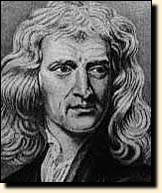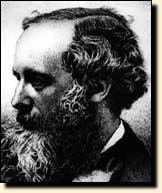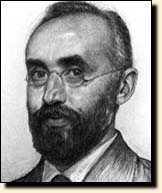

|
|
As early as 1907, while Einstein and others explored the implications of his special theory of relativity, he was already thinking about a more general theory. The special theory had shown how to relate the measurements made in one laboratory to the measurements made in another laboratory moving in a uniform way with respect to the first laboratory. Could he extend the theory to deal with laboratories moving in arbitrary ways, speeding up, slowing down, changing direction? Einstein saw a possible link between such accelerated motion and the familiar force of gravity. He was impressed by a fact known to Galileo and Newton but not fully appreciated before Einstein puzzled over it. All bodies, however different, if released from the same height will fall with exactly the same constant acceleration (in the absence of air resistance). Like the invariant velocity of light on which Einstein had founded his special theory of relativity, here was an invariance that could be the starting point for a theory.
As he often did in his work, Einstein used a "thought experiment." Suppose that a scientist is enclosed in a large box somewhere, and that he releases a stone. The scientist sees the stone fall to the floor of the box with a constant acceleration. He might conclude that his box is in a place where there is a force of gravity pulling downward. But this might not be true. The entire box could be free from gravity, but accelerating upward in empty space on a rocket: the stone could be stationary and the floor rising to meet it. The physicist in the box cannot, Einstein noted, tell the difference between the two cases. Therefore there must be some profound connection between accelerated motion and the force of gravity. It remained to work out this connection. Einstein began to search for particular equations -- ones that would relate the measurements made by two observers who are moving in an arbitrary way with respect to one another. The search was arduous, with entire years spent in blind alleys. Einstein had to master more elaborate mathematical techniques than he had ever expected to need, and to work at a higher level of abstraction than ever before. His friend Michele Besso gave crucial help here. Meanwhile his life was unsettled. He separated from his wife. And he began to participate in politics after the First World War broke out.
Success in his theoretical work was sealed in 1915. The new equations of gravitation had an essential logical simplicity, despite their unfamiliar mathematical form. To describe the action of gravity, the equations showed how the presence of matter warped the very framework of space and time. This warping would determine how an object moved. Einstein tested his theory by correctly calculating a small discrepancy in the motion of the planet Mercury, a discrepancy that astronomers had long been at a loss to explain. |
| E=mc² | World Fame I | |||
| Einstein's Worldview by G. Holton | ||||



